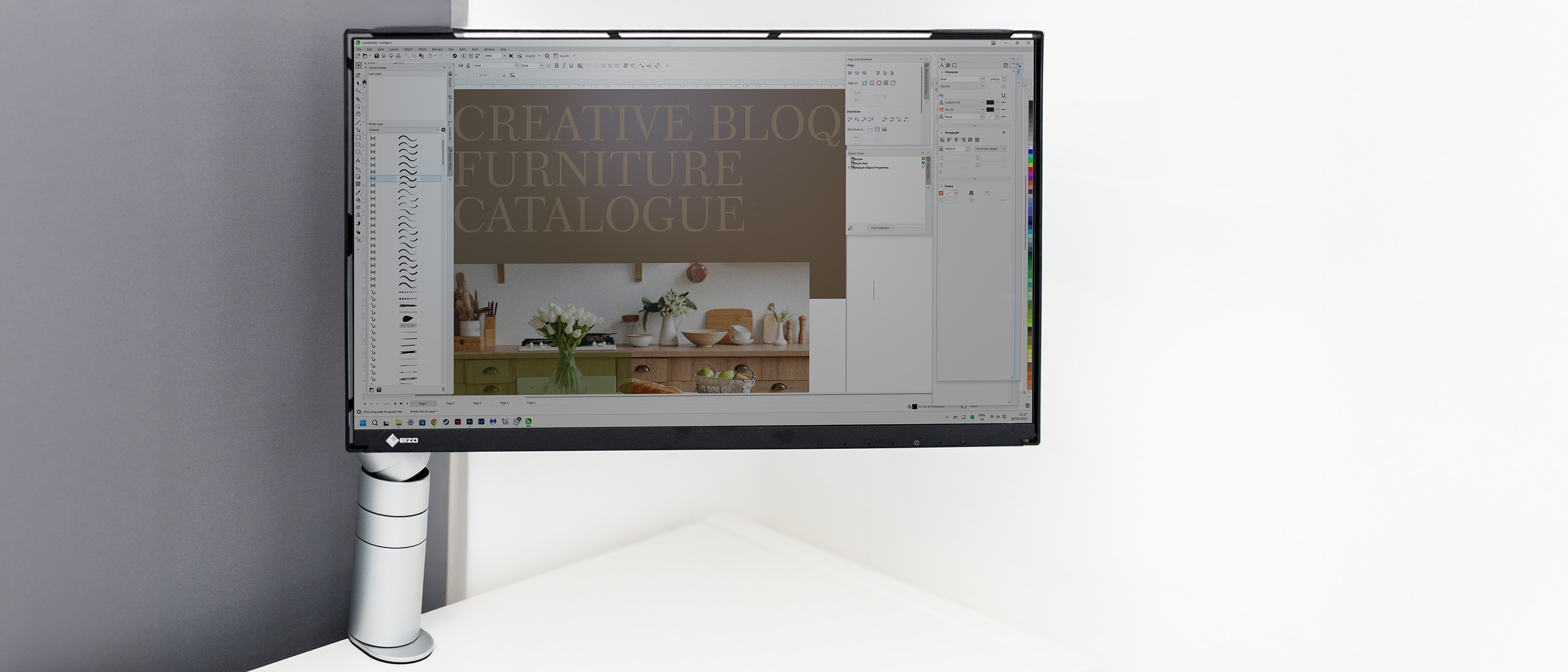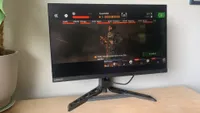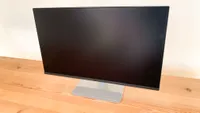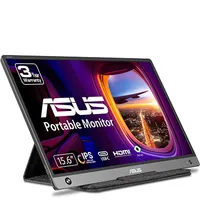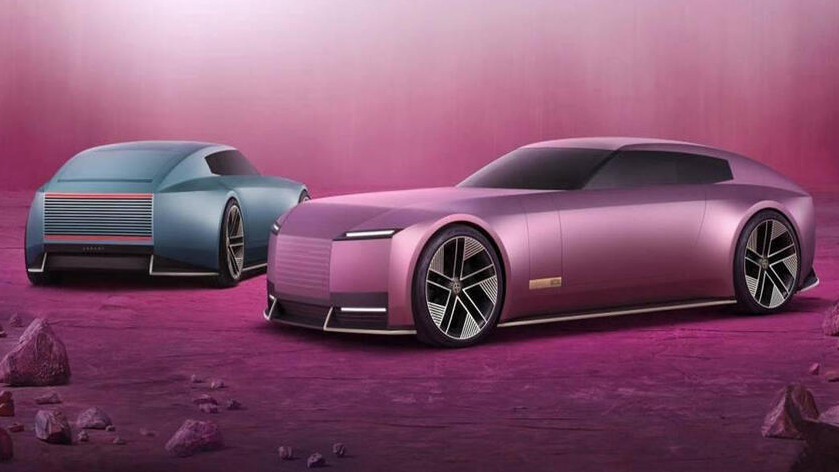Our Verdict
For a creative interested in wide colour reproduction or high refresh rates, there are better choices than the Eizo Flexscan FLT. But that’s really not what this monitor is about. It’s about simplicity, streamlined design, and using as little power as possible. In these areas, it excels - we’ve never seen a monitor use so little power outside of a portable unit, and with only USB-C ports, there's no chance of muddling up your cables. However, in other areas, it may leave you disappointed.
For
- Low power usage
- USB-C connection
- Respectable picture
Against
- Quite expensive
- Few features
- Low brightness
Why you can trust Creative Bloq
With a typical power consumption of just 6W, a Class A energy efficiency rating and made from 95% recycled plastic (it’s offered in recycled packaging too), the Eizo FlexScan FLT treads lightly on the world.
There's a tradeoff for this - it’s a 24-inch, 1080p screen that doesn’t offer HDR, a webcam or even a pair of speakers, but you do get a reasonably bright IPS panel that’s well-made, provides a good picture, and is extremely thin and light.
While it may not shoot to the top of our big list of the best monitors for graphic design, it will be the ideal screen for some people thanks to its many fine attributes.
Key specifications
Screen size: | 24in |
Screen type: | IPS, LED backlight |
Resolution: | 1920 x 1080 |
Refresh rate: | 60Hz |
Brightness (stated): | 250 nits |
Inputs: | USB-C |
HDR: | no |
Webcam: | no |
Features: | USB passthrough (5Gbps), 60W laptop charging |
Speakers: | no |
Adjustments: | 40° tilt, 180° rotate |
Dimensions: | 550 x 328mm |
Weight: | 4.5kg (inc stand) |
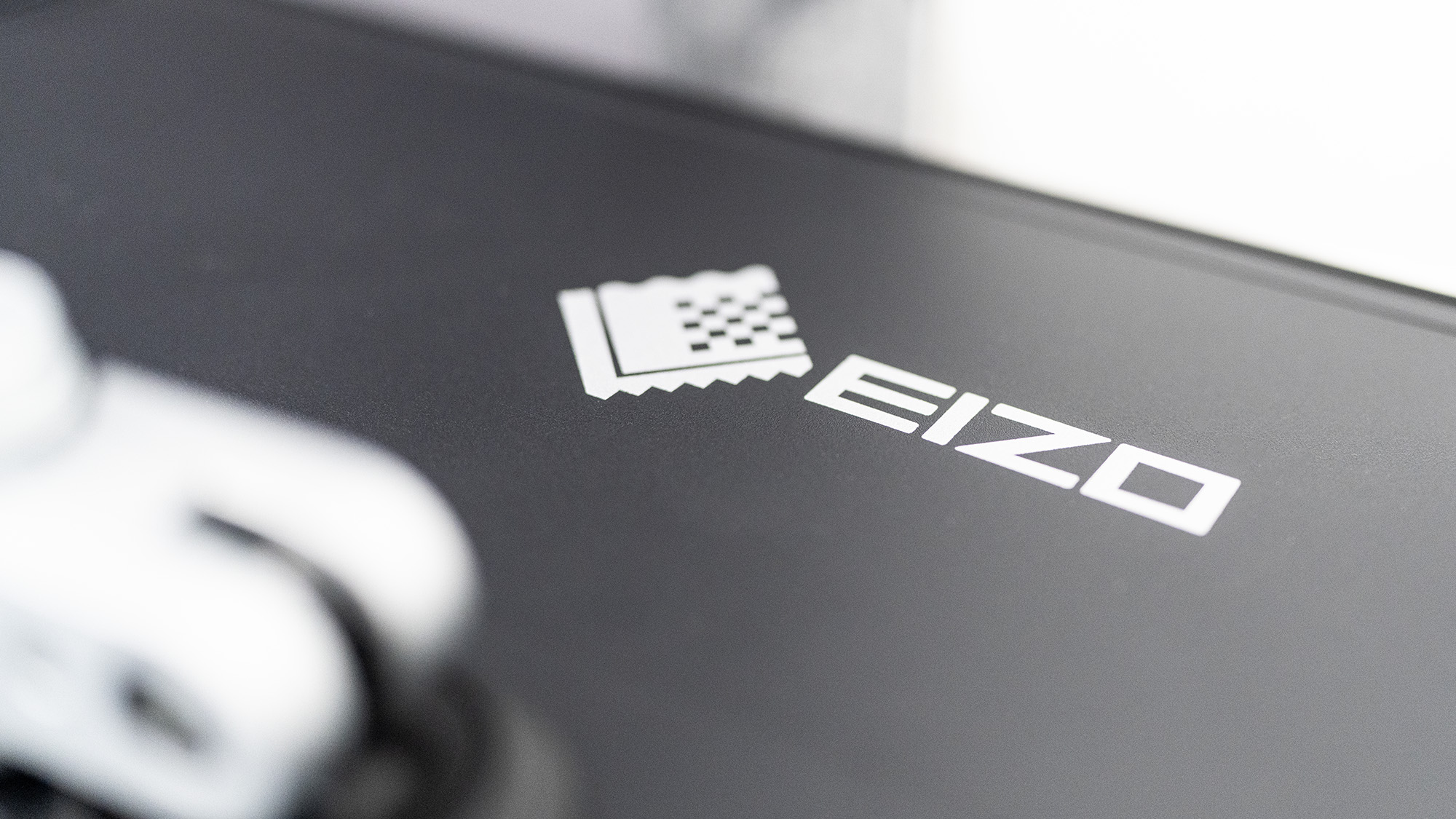
Design, build and display
• Thin and light
• Well-designed arm
As soon as you get the FlexScan FLT out of the box, it’s clear it’s a class act. It’s nicely packaged, but we’re not here to review cardboard, and so lifting the FLT’s panel out reveals how thin and light it is. This is a 24-inch monitor in a world dominated by 27 and 32-inch models, but if you’re limited for space, or want to arrange a pair of them on a desk without needing to build an extension to your studio first, it may be the ideal size.
Instead of the simple stand we see with so many of the monitors we review, the FLT comes with a clamped arm. It clicks easily into the back of the screen itself, then you rotate a section of the arm to tighten the jaws of the clamp around the edge of your desk.
After years of trying to insert Allen keys into unlikely places and at unreasonable angles, this method of tightening the clamp is a breath of fresh air. It’s missing the standard 100mm VESA mount on the back, so you’ll only be able to use the supplied arm, but it does come with a surprising number of stickers.
Daily design news, reviews, how-tos and more, as picked by the editors.
These, it turns out, are for securing cables to the arm, and take the place of the plastic clips you often get with monitor supports to avoid the kind of cable spaghetti hell that can build up over time. It’s a neat solution, and fits in nicely with the FLT’s eco credentials.
From the front, you’ll notice that the bezel is held away from the edge of the actual screen, with a gap in between, making the monitor look larger than it actually is. The adjustment buttons are easily accessible from the front too, while at the back, the USB layout is easy to access, though you’ll need to turn it round to set it up, as all the ports look the same.
Using USB-C for power, video and data passthrough is a really neat idea, something we’d like to see more of, but it underlines the importance of having all your ports clearly named. Here, we have a plug icon, a laptop icon, and the Superspeed USB logo under the relevant ports, and it’s immediately clear which is which. You may never have to wrestle to plug an HDMI cable in the right way around in a socket you can’t see again.
The FLT is extremely light, and with its low power requirements could almost be considered a portable monitor - except that a 24in panel is a little large to go in a laptop bag, and you’ll still need to carry the arm.
What it is, however, is portable, so if you’re in the habit of moving your workspace, it might make a good companion for a laptop. The low power draw also opens up the enticing possibility of powering it from a solar panel or battery power station.
Design score: 4/5
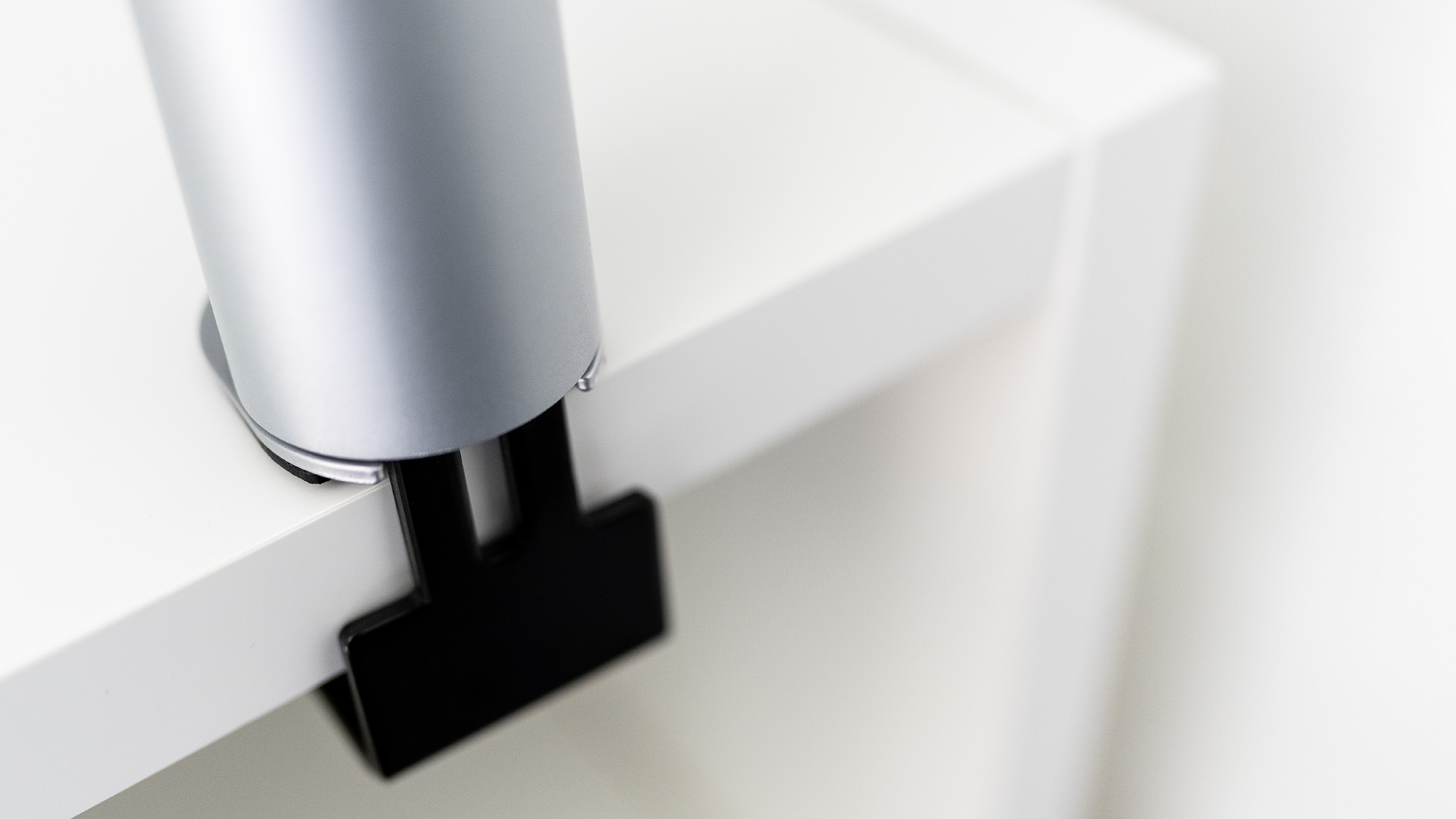
Features and performance
• Better resolution and refresh rate elsewhere
• Very low power consumption
The resolution of the FlexScan FLT has to be addressed. While 1080p is probably enough for a 24-inch screen, it’s still lower than the 1440p and 4K screens (though you won’t find that resolution in a 24-inch panel) on the market, and everybody knows larger numbers are better. The 60Hz refresh rate is lower than many people would like too, as is the 250-nit brightness.
What you’re buying this screen for is its low power consumption (as you adjust the brightness, a wattage figure appears on the OSD - at 100%, it was showing 8.2W for the Windows 11 desktop).
When strapped to our colourimeter, the FlexScan FLT managed 91% of DCI-P3, with 77% of Adobe RGB and 100% of sRGB in its default colour mode. Changing modes to DICOM added 1% to the P3 and Adobe sores. We’ve seen better, but also worse, but its 198 nits of brightness at its 100% setting is lower than the manufacturer claims.
Despite the fact that it’s nicely made and sleekly presented, the FlexScan FLT doesn’t offer many features beyond its IPS panel. Having the three USB-C ports on the back is very nice, but amounts to passthrough rather than having a hub, a few USB-A ports might have been nice, or even a second USB-C downstream port. There are no speakers (but flat-panel speakers are best used in an emergency) and it can be a bit hard to get the screen level, as there's no indication of when you’ve got it right beyond standing back and eyeballing it. However, it is extremely adjustable, with plenty of movement in the arm’s joints, and it can be folded back to save space on a desktop, or pulled forward with a smooth action that never feels like it’s going to sag down to the table. The raised bezel around the edge of the screen reveals its purpose here - it allows you to grab hold of the screen and move it without leaving a greasy thumbprint on the screen itself.
Features and performance score: 3/5
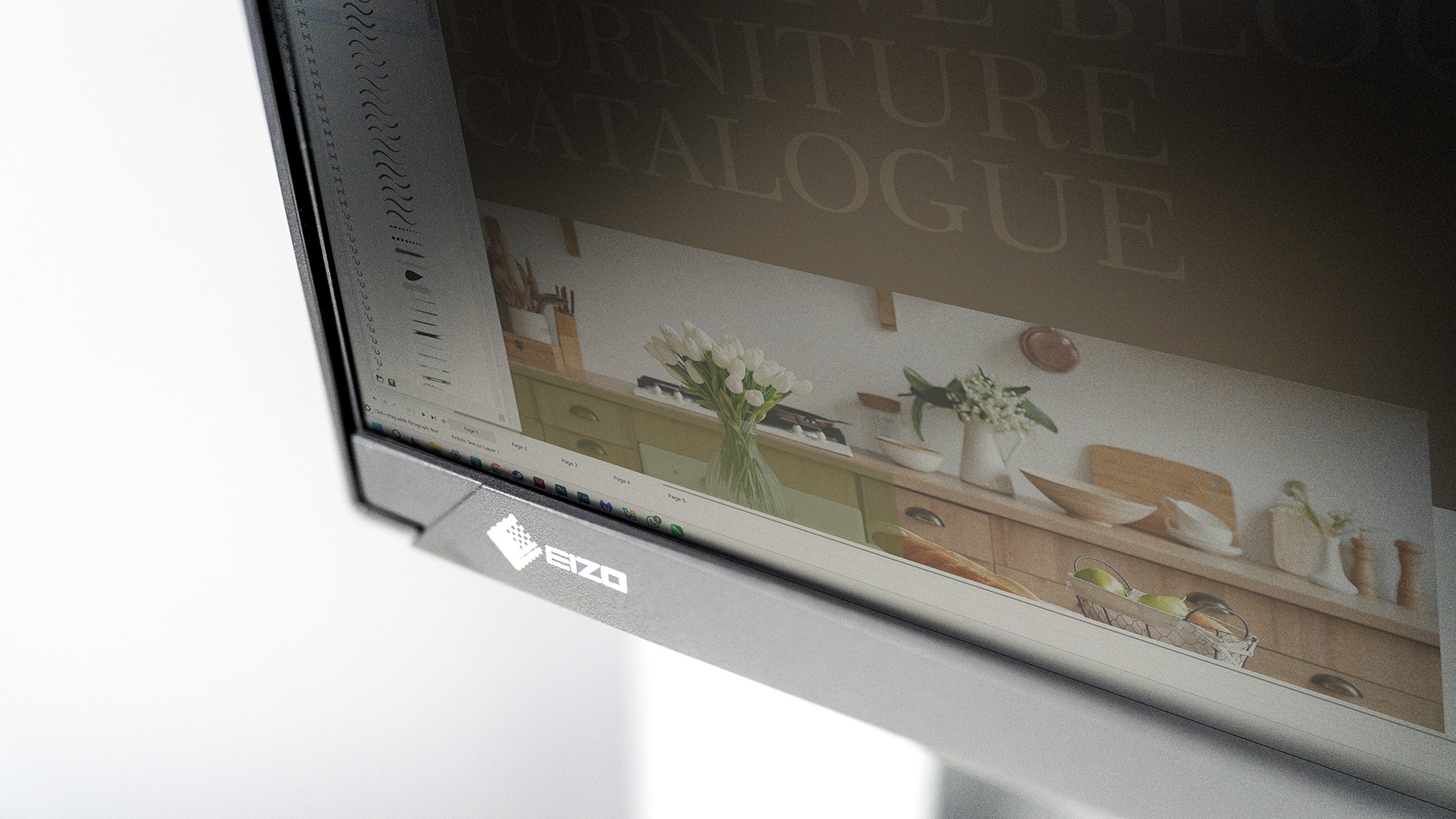
Price
The Eizo Flexscan FLT retails for £659.99 at the time of writing. For the cost of this 24-inch, 1080p monitor you could get several Lenovo Legion R27qe screens, 27-inch 1440p displays with HDR and better brightness and colour gamut figures. You’ll only be buying this for its low power consumption and potential portability, and if those things are important to you, then the fact it’s expensive may not matter so much.
Value score: 2/5
Who is it for?
• Mobile workers
Being able to plug this screen in via USB-C and perhaps power it from a solar panel or battery system is one of its big draws. Being able to work from a campervan or cottage in the wilds (with a suitable internet connection, of course) is a dream, and this screen could help make it a reality. It’s thin, light, easy to pack up and doesn’t pull much current.
Attributes | Notes | Rating |
|---|---|---|
Design: | Thin and light, with a clever stand | 4/5 |
Features and performance: | All about the low power draw, so suffers elsewhere | 3/5 |
Value: | Specialist use means a specialist price | 2/5 |
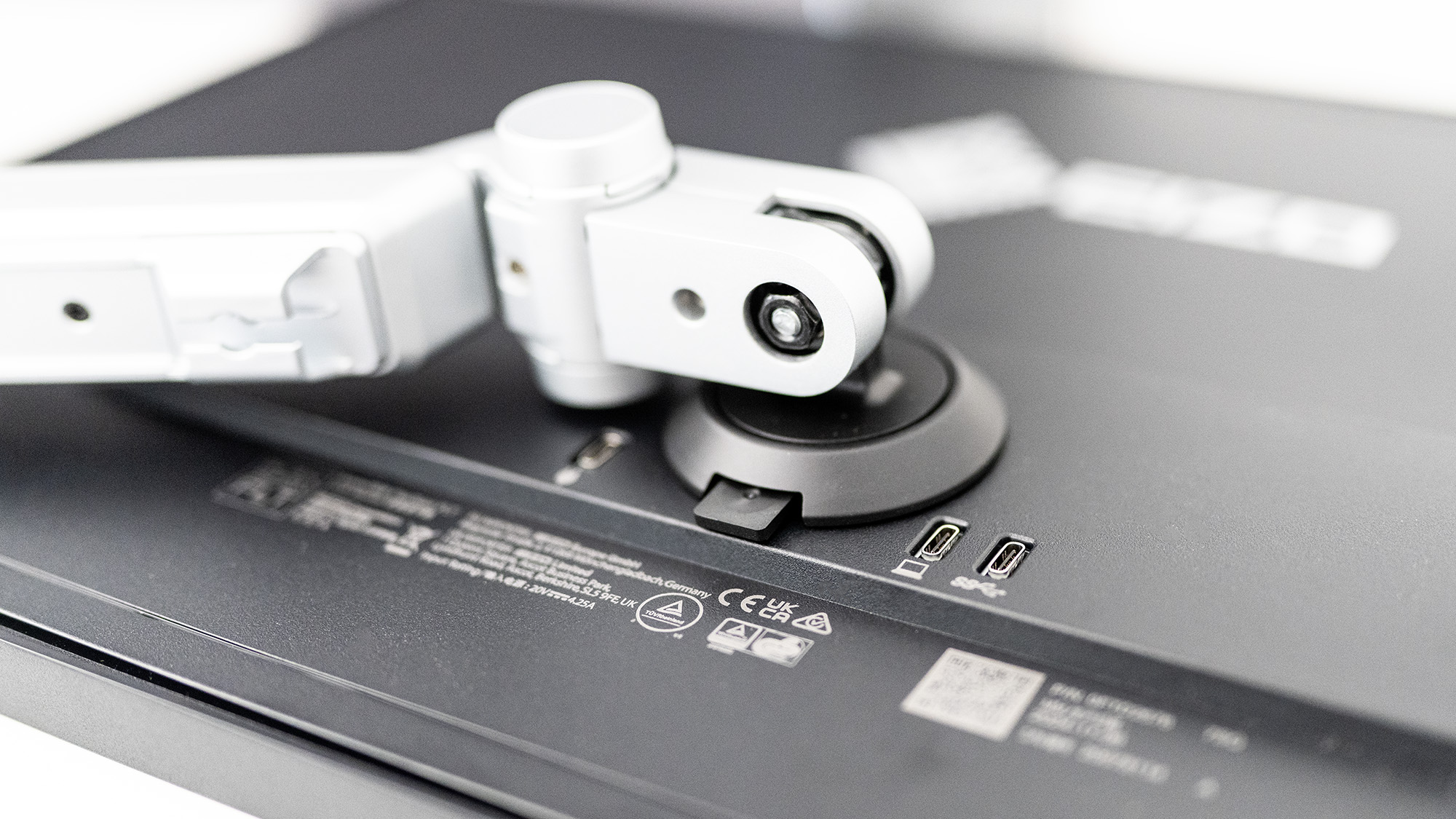
Buy it if...
- Low power consumption is a must
- Things like resolution and gamut are secondary concerns
- You want a monitor that can be moved easily
Don't buy it if...
- You’re not going anywhere
- You don’t mind a higher power draw
- You need perfect colour
Also consider
A budget-friendly gaming monitor that defies its price tag. Not only does the design look fantastic but the performance of the IPS display is one of the best we’ve seen in this price range.
Gorgeous 4K resolution, power delivery to a laptop, and solid build quality. The design is a little dated, but in terms of the quality of the output, there's nothing that beats it.
A portable OLED monitor that may appeal to creative professionals thanks to its decent brightness and impressive colour response. The only problem with the MQ16AH is that it makes you wish it was bigger.
out of 10
For a creative interested in wide colour reproduction or high refresh rates, there are better choices than the Eizo Flexscan FLT. But that’s really not what this monitor is about. It’s about simplicity, streamlined design, and using as little power as possible. In these areas, it excels - we’ve never seen a monitor use so little power outside of a portable unit, and with only USB-C ports, there's no chance of muddling up your cables. However, in other areas, it may leave you disappointed.

Ian Evenden has been a journalist for over 20 years, starting in the days of QuarkXpress 4 and Photoshop 5. He now mainly works in Creative Cloud and Google Docs, but can always find a use for a powerful laptop or two. When not sweating over page layout or photo editing, you can find him peering at the stars or growing vegetables.
You must confirm your public display name before commenting
Please logout and then login again, you will then be prompted to enter your display name.
